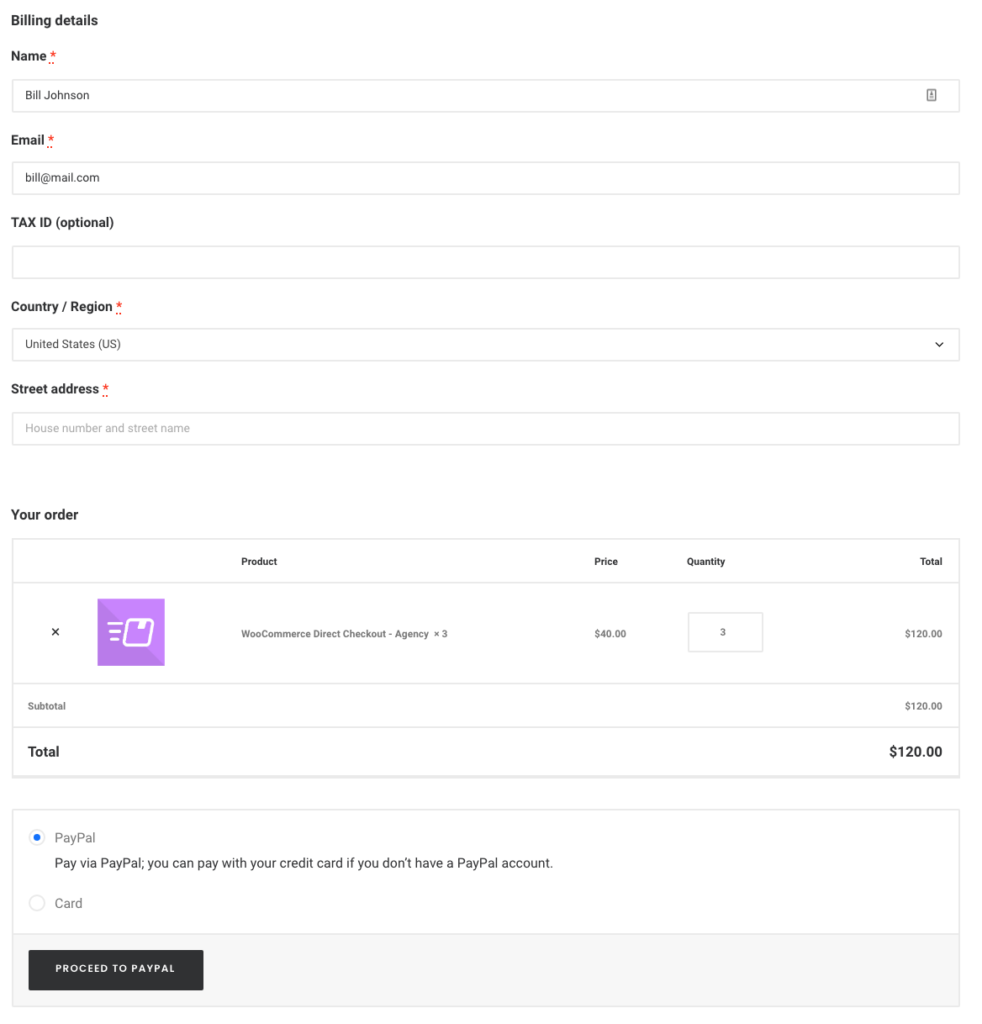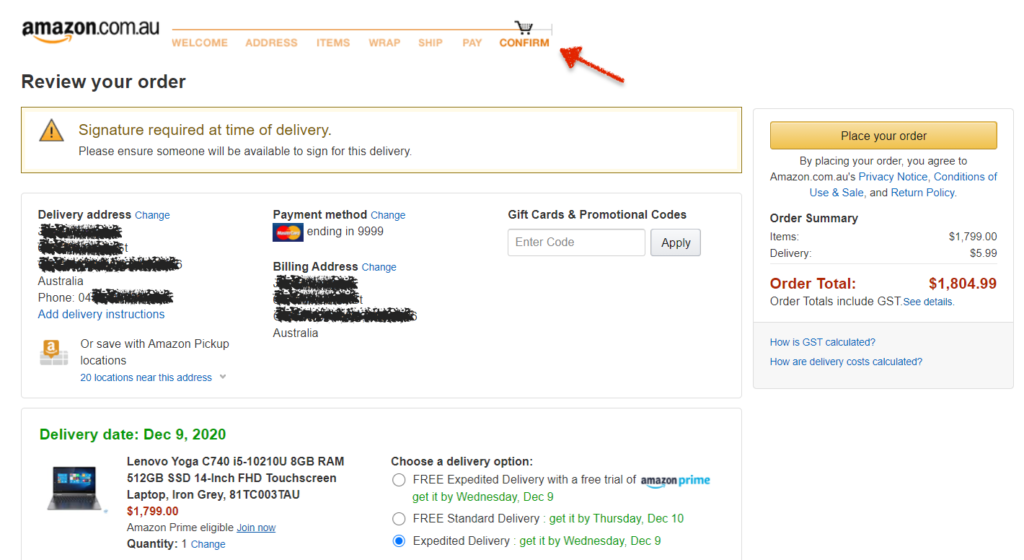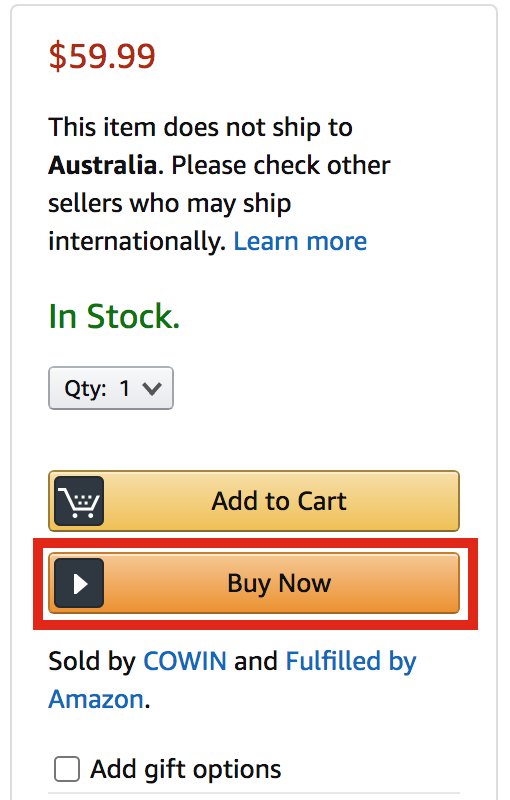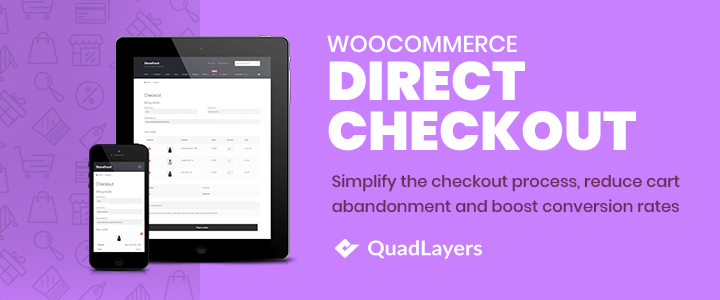WooCommerce One-Page vs Multi-Page Checkout
Is it better to have a one-page or a multi-page checkout in WooCommerce? This is one of the million-dollar questions in eCommerce. In this post, we’ll compare WooCommerce One-Page vs Multi-Page Checkout. We’ll analyze the pros and cons of each option and tell you when you should use them.
One-Page vs Multi-Page Checkout
It’s no secret that to have a successful eCommerce store you need to attract people to your business and convert them into customers. The more people you convert, the more revenue you generate. In the purchase process, the checkout is the most important page because it’s where you actually close the sale.
We’ve already seen how important it is to customize the checkout and optimize it to maximize conversions. But there’s also a question about the number of steps shoppers need to take to buy your products.
A complicated checkout is one of the main reasons for cart abandonment, so your job is to make the shopping experience as easy and comfortable as possible. In recent years, many online stores have added quick buy buttons and tried to simplify the checkout making one-page checkouts very popular. However, other eCommerce experts prefer multi-step checkouts, especially for expensive products.
This debate has been going on for a while so today, we’ll try to answer this question: Which one is better? One-page or multi-page checkout in WooCommerce?
WooCommerce One-Page Checkout
As its name suggests, a one-page checkout displays all the elements and fields of the checkout on one page. This includes billing and shipping address, shipping options, payment information, and additional information. The idea behind it is that customers can fill in all the required information on one page so it helps reduce cart abandonment.

Now, let’s have a look at some advantages and disadvantages of one-page checkouts.
Advantages of one-page checkout
- Reduces cart abandonment: According to research, 21% of users abandon their carts during checkout because the checkout process is too long or complicated. By having all the checkout elements on one page and shortening the process, you can reduce cart abandonment and increase conversion rates.
- Fewer steps for the customer: Shoppers don’t need to navigate through different pages to view their cart, fill in their information, pay, and so on. Everything happens in a single step.
- Speed: As the users fill in all the information on the same page, one-page checkouts are faster than multi-page ones. The shoppers save time because they don’t have to load screens between pages reducing navigation time. Additionally, customers can update and change their details on the same screen, without having to go back and forth between screens.
- Higher conversion rates: Different studies show that one-page checkouts tend to have between 10% and 20% higher conversion rates than multi-page checkouts. This can vary a lot depending on the type of product you sell but overall, simpler and shorter checkout pages tend to convert better.
- Easy to understand: As all the shoppers can see all the information on a single page, WooCommerce one-page checkouts are usually easier to understand. From the beginning, customers can see all the fields they need to fill in for their order so they know what to expect.
All in all, as the process is shorter and they can see all the fields from the start, users tend to see one-page checkouts as easier and faster to complete. However, one-page checkouts also have some disadvantages.
Disadvantages of one-page checkout
- Site Speed: Having many elements on one page can increase your site’s loading time. Shoppers want to buy quickly, so it’s a good idea to make sure that your checkout page loads fast. Otherwise, you may lose time-conscious customers in this step.
- Can overwhelm customers: Displaying all the billing, shipping, and payment fields on a single page can be overwhelming for customers. Make sure you optimize the checkout page and remove unnecessary fields to avoid having too many fields and scaring shoppers off.
- Limited analytics: One-page checkout makes it harder to track and analyze at which point and why shoppers abandon their carts. Unlike multi-step checkouts, Analytics can’t identify when customers leave the checkout process.
When should you use a one-page checkout?
One-page checkouts are especially useful for digital and downloadable products. As the user doesn’t need to fill in details about address and shipping, there are fewer fields to fill in allowing you to have a short checkout. Additionally, if you have registered or returning users, one-page checkouts are an excellent option because you can save their details so shoppers can check out faster. Finally, even though people are buying more and more items online, one-page checkout tends to work better for non-expensive items.
Best WooCommerce one-page checkout plugins
The easiest way to have an optimized one-page checkout on your WooCommerce store is to use a plugin. There are several tools out there but Direct Checkout for WooCommerce is the best in terms of features and value for money. This freemium plugin is designed to help you simplify the checkout process and boost your conversion rates.
Apart from having the cart form and all the payment details on the checkout page, it includes other notable features such as the ability to delete checkout fields, add a quick buy button, have a quick view of the products without leaving the cart page, and more. Direct Checkout is a freemium plugin. It has a basic free version and 3 premium plans with more advanced features that start at 19 USD.
For more information about one-page checkouts, you can have a look at these posts:
WooCommerce Multi-Page Checkout
Instead of having all the checkout elements on the same screen like one-page checkouts, multi-step checkouts spread out the checkout steps into several pages (usually between 3 and 5). In each step, shoppers have to enter their personal information, billing address, shipping method, payment information, and so on.
The multi-step checkout breaks down the checkout process into different pages. Even though they tend to be slower than one-page checkouts, some users find them more comfortable because they have more time to check and confirm their details before placing their order.

To continue our analysis of one-page vs multi-page checkout in WooCommerce, let’s have a look at the advantages of multi-page checkouts.
Advantages of multi-page checkout
- Better Analytics: When using multi-page checkouts, it’s easier to analyze and identify where in the checkout process customers drop off. This is very valuable information to make adjustments and improve your conversion rates.
- More security: As the process is slower and customers fill in their details step by step, they tend to feel more secure about their purchase. This is especially important when shoppers are buying expensive items.
- Cleaner layout: Spreading the checkout fields into different pages reduces the amount of content each page has. This creates a cleaner and less overwhelming checkout page compared to one-page checkouts.
- Display Progress: Some experts say that showing the shoppers how close they are to completing their purchase, motivates them to finish it. They argue that we don’t like to leave things unfinished, so by displaying the steps that they have left, they feel encouraged to achieve their goal (place their order).
In summary, a multi-step checkout usually has a cleaner layout and makes users feel more secure about their purchase. But similarly to one-page checkout, it has some cons too. Let’s have a look at them.
Disadvantages of multi-page checkout
- Time-consuming: Multi-page checkouts tend to be slower than one-page checkouts. If the process has too many steps, it can discourage users from completing their orders.
- Cart abandonment: As discussed before, one of the main causes of cart abandonment on the checkout page is that the checkout is too long. Every time the customer goes to the next step, they have to load a new page. Having too many steps can distract users and increase drop-offs.
- Harder to correct information: As each step happens on a different page, it makes it harder to correct or change information. For example, if you’re about to pay and realize that there’s a mistake in your shipping address, you have to go back to a different page to correct it. This can cause frustration and increase the chances of cart abandonment.
When should you use a multi-page checkout?
Multi-step checkouts tend to work better with expensive products or items that involve a more thoughtful decision. Customers feel more comfortable because they can double-check all their details, shipping address, and price before placing the order. To take full advantage of this, you should allow shoppers to review all their information as they move from each step to the next.
Best WooCommerce multi-step plugins
There are several great multi-step plugins for WooCommerce. If you’re looking for a premium tool with tons of features, YITH multi-step checkout and ARG Multi-Step are excellent options.
They’re both designed to provide a better customer experience and help you generate more sales. YITH multi-step starts at 69 USD per year while you can get ARG Multistep from CodeCanyon for 19 USD. On the other hand, if you want to start with something free, WP Multi-Step is a very good option. This tool has everything you need to create an effective multi-step checkout without spending a cent.
Bonus: One-Click Checkout
Apart from the one-page vs multi-page checkout battle, there’s another type of checkout that has become very popular in recent years. One-click checkout, also known as quick buy, allows customers to bypass some steps of the checkout process and buy faster. This way, users can buy the items they want with 1 or 2 clicks without having to enter their details each time.
Apart from saving shoppers time, quick buy buttons will help you increase conversion rates and reduce cart abandonment. That’s why most eCommerce stores offer the possibility to buy in 1 click with a quick buy button.  There are three main ways to add one-click checkout to your WooCommerce store:
There are three main ways to add one-click checkout to your WooCommerce store:
- With a plugin
- Programmatically (coding it yourself)
- Using shortcodes
To have a look at each option, you can check out this guide. If you’re looking for a quick solution, have a look at our list of the best quick-buy buttons for WooCommerce.
Conclusion
All in all, the checkout is one of the most crucial pages on any online store. The one-page vs multi-page checkout debate is one for the ages. And even though one-page checkouts have become very popular in recent years, there isn’t a one-size-fits-all solution.
One-page checkouts have fewer steps and tend to be faster than multi-step checkouts. This usually improves cart abandonment and conversion rates. However, they can overwhelm customers and make it harder to analyze shoppers’ behavior at the checkout. If you sell digital and downloadable products that aren’t too expensive, a one-page checkout is an excellent option.
On the other hand, multi-step checkouts spread the checkout into several steps. They usually have a cleaner layout, make customers feel more secure, and provide better analytics. But this also comes at a cost. Shoppers have to spend more time placing their orders which can cause cart abandonment. Additionally, changing information is more tedious. This type of checkout tends to work better for expensive products or items that require a thoughtful decision.
Finally, there’s a third type of checkout that is very popular among eCommerce sites: one-click checkout. This quick buy button allows customers to place their orders in one-click boosting sales and reducing cart abandonment. This is an excellent option for stores that have registered users.
Before choosing between one-page or multi-step checkout, think of the type of product you sell and your buyers’ shopping behaviors. It’s hard to predict how customers will react so we recommend you A/B test different options before making a final decision.
Which one do you prefer? One-page or multi-page checkout? Leave a comment below and let us know your experiences!

